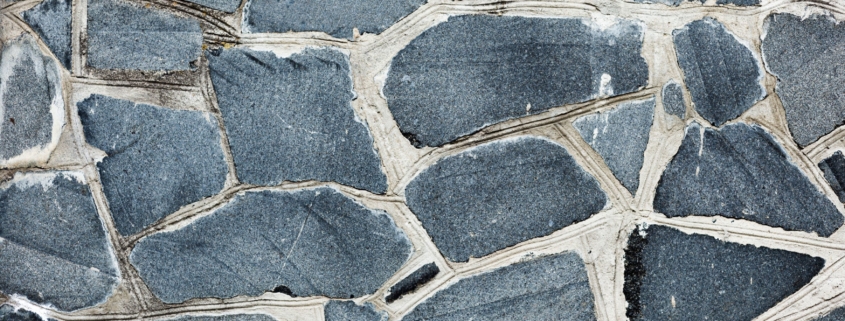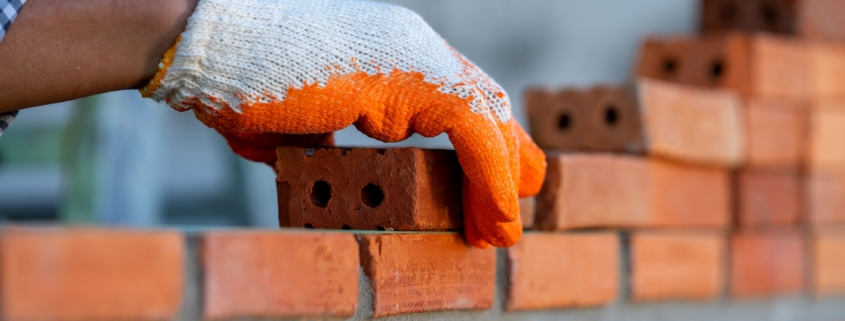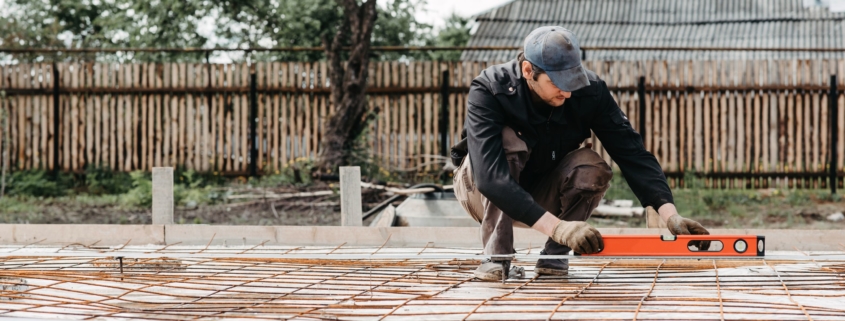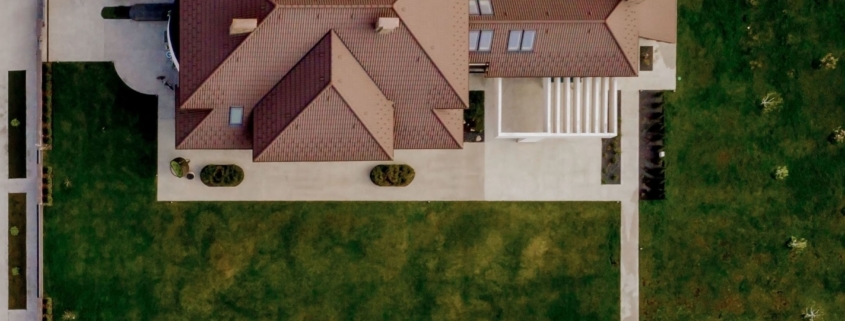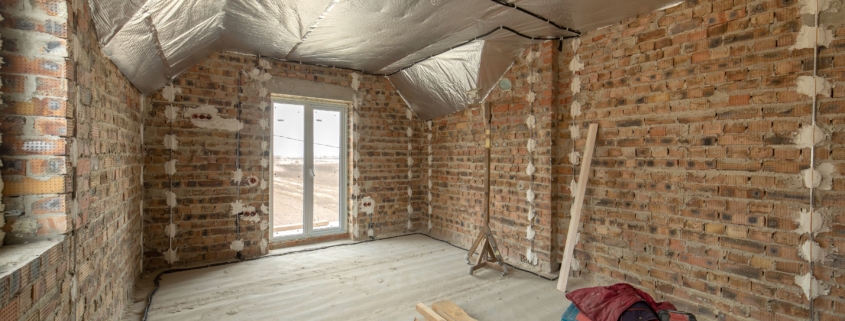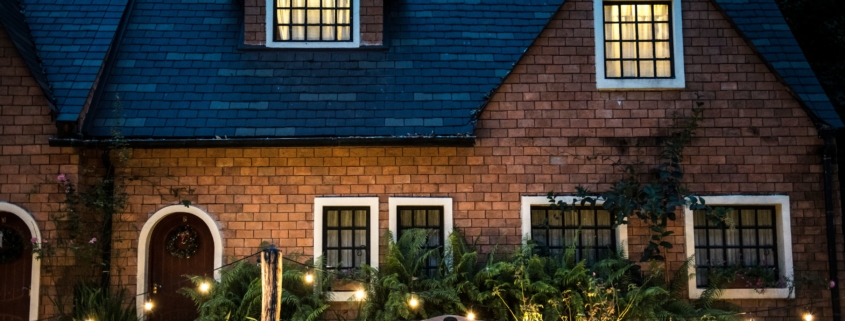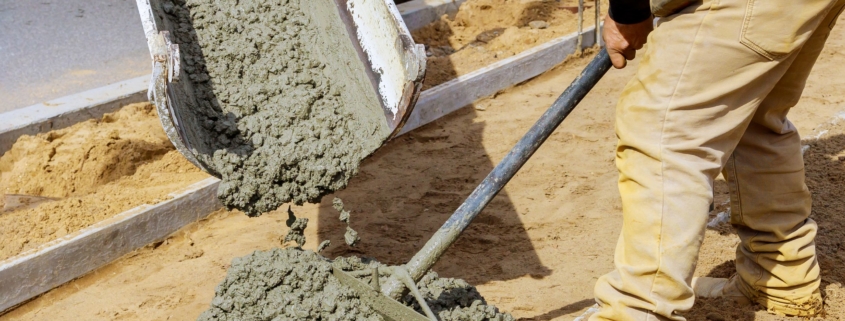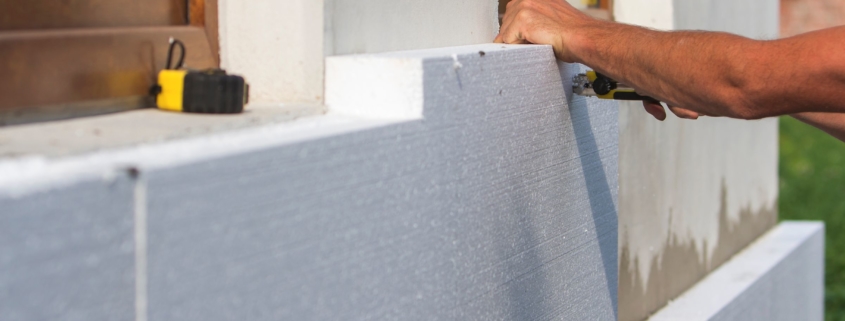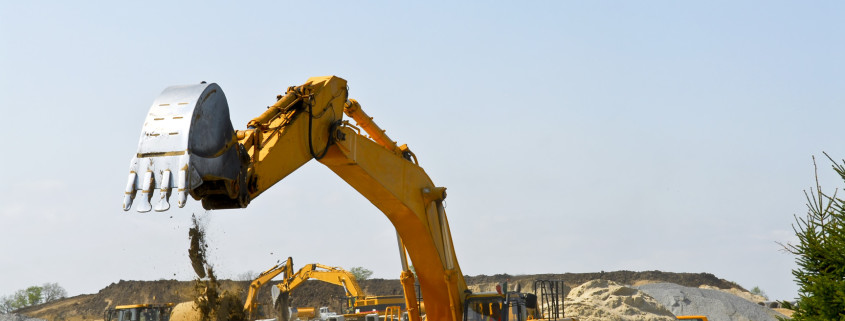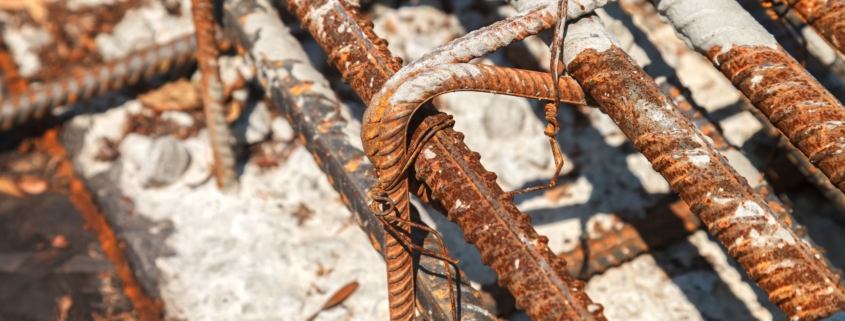When it comes to changing the aesthetics of your home, the different procedures can be pretty overwhelming, especially when you have to deal with a brick structure.
Bricks are effective construction materials that provide cladding, allowing your property to have proper insulation and weather-resistant features, all while improving your home’s aesthetics. However, over time, the mortar used to fill joints may deteriorate — this is where tuckpointing comes into the picture.
Tuckpointing is a great technique that enhances the appearance of masonry. This procedure removes portions of deteriorating mortar and fills it with new mortar that closely matches the colour of the bricks. By doing this, you create an illusion of a well-maintained brick structure.
Seeing that tuckpointing is a tedious process that requires technique and specific materials, it’s best to get credible brick repair services to ensure your property goes back to its original state and enhances its general aesthetics.
If you’re keen on protecting your bricks from total mortar deterioration, read on. In this article, we’ll discuss everything you need to know about tuckpointing — from tips to the actual process. Let’s get to it!
The Basics of Tuckpointing
When you’re considering some tuckpointing work done, it helps to understand the different terms of masonry.
- Pointing: This is the process of filling mortar joints during construction. It also refers to the actual mortar joints and the spaces between each brick in a completed wall.
- Repointing: This involves removing old mortar from the joints and replacing it with new, fresh mortar.
- Tuckpointing: Similar to repointing, the main difference is that you’re using mortar that closely resembles the colour of your bricks. After which, you embed narrow lines of putty in contrasting colours through the center of new mortar joints.
Many homeowners go for tuckpointing instead of repointing because it creates an appealing and convincing visual illusion, making your wall look like it was constructed with new masonry.
Why Do Mortar Joint Deteriorate?
Before going through tuckpointing and other reconstruction procedures, it pays to know what goes on when mortars begin to fail.
Deterioration can happen due to a bunch of reasons, such as faulty workmanship, environmental erosion due to extreme temperature and moisture, or the pressure of overhead bricks. Although bricks can last for centuries, you should know that mortars can last for only 25 to 30 years, which means you’ll need to replace them at some point in your property’s lifetime.
Why Should I Let Professionals Handle This?
While many homeowners love do-it-yourself projects, it’s best to leave it to the professionals when it comes to tuckpointing.
Tuckpointing is a labour-intensive method that requires a lot of skill and extreme precision to successfully create an illusion of level mortar joints. Seeing that it’s an incredibly meticulous project, seeing a slight off-kilter portion can make the whole project look sloppy and unfinished.
With that being said, it’s best to get reputable brick repair services from trusted companies to ensure proper installation and resetting, resulting in a fantastic-looking new wall or chimney.
The Bottom Line: Give Your Bricks that Overdue Love and Care It Deserves
Tuckpointing is a fantastic way to breathe in new life to your brick structure. Whether you’re dealing with bricks in the exterior of the interior of your home, you want to ensure that it gets proper upkeep and looks good as news, especially when exposed to various triggers.
Thankfully, Red Robin Masonry provides exceptional brick repair services. This way, you can give your brick structure that much-needed upgrade and give it the love and care it deserves.
Why Work with Red Robin Masonry?
Your home is undeniably one of your biggest investments. So when it comes to maintenance and repairs, it’s best to work with the right contractors to ensure that all your home projects are done with excellent technique and service.
Red Robin Masonry is the most respected and trusted masonry company in Ontario. Our services include chimney and fireplace services, tuckpointing, parging, brickwork, stonework, and concrete and foundation services.
If you’re looking for brick repair services in Scarborough, give us a call at 416-206-8859 and ask for a quote today!

